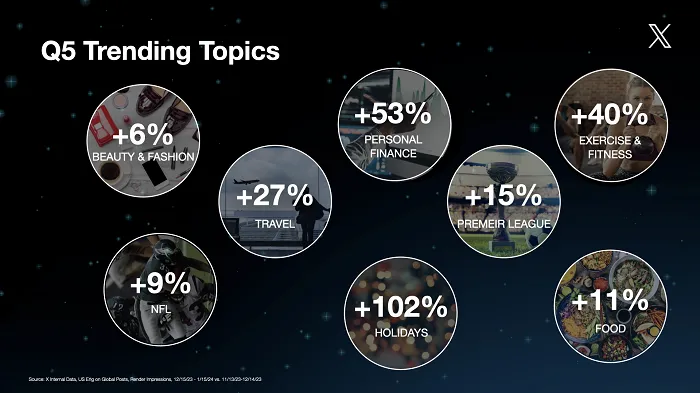The pandemic has accelerated the use of digital banking, not only for consumers but also for businesses, says Clayton Weir, chief strategy officer at FISPAN, a Vancouver, Canada-based company that offers open banking solutions to financial institutions.
CIOs whose companies are now switching to digital can follow some best practices to ensure their organization’s financial information isn’t compromised. Weir shares what tech leaders can do.
How have you seen the pandemic alter the digitalization of financial services?
It has undoubtedly sped up innovation in the financial services industry. As customers have become more comfortable doing personal banking online, business banking customers are also turning to digital platforms. Banks are seeing a lot of demand to offer online business banking services that rival consumer banking experiences.
This introduces challenges for financial institutions but also some important long-term benefits. For us, this kind of shift has been great for our business, because embedded banking has become ubiquitous, and we can allow banks to provide these kinds of contextual experiences to their business clients without any technical burden on their end.
Do you expect Covid-driven digitalization to remain after the pandemic? Why or why not?
Yes, definitely. Not only will it remain after the pandemic, but I think we will also see a proliferation of new financial services upstarts and products that will have come about as a result of the pandemic. The innovations that have sprung out of the pandemic will just continue to pave the way for more. Organizations will have become used to better business banking experiences and they certainly won’t want to revert back.
Do you think CIOs and enterprises trust digital financial services more today, versus pre-pandemic?
Yes. CIOs and enterprises have seemingly become more trusting of digital financial services. They’ve seen that once they are open to sharing data, they are provided with better services that fit into the context of their day-to-day lives. On the other side of the coin, we are observing that banks have recently become more willing to work with fintechs and are understanding the importance of data sharing for better experiences and lower costs for clients. This means that enterprises are enjoying better banking products and services as a result of open banking and data sharing.
The whole relationship between enterprise, fintech and banks has become very symbiotic. While banks may hold the trust and data that fintechs don’t have, banks rely more heavily on technology than ever before to make data security even tighter. For example, tech enables machine learning algorithms to assess past behavior in order to identify potential trends and future outcomes, as well as flag unusual or suspicious activity. Certain machine learning tools can also analyze and verify potential customers to ensure they meet strict regulators’ Know Your Customer requirements.
What are the potential security issues that CIOs need to consider when implementing digital banking?
All data exchanges between your financial institution and your organization should be permissioned explicitly, transparently and on a granular-use basis. CIOs should confirm that their data exchange arrangements should be easily made available for review, revision or revocation. Your organization should also be able to easily inspect the past journeys their data has taken, even if such data has been anonymized or aggregated. Any non-ethical practices should be flagged, such as discrimination or data sharing without consent, which is clearly a misuse of customer information and an abuse of trust.
While keeping security top of mind, there are also many ethical—and advantageous—practices that can come out of increased digitization of banking, such as more tailored banking services, fraud detection, predictive analytics and more.






































































